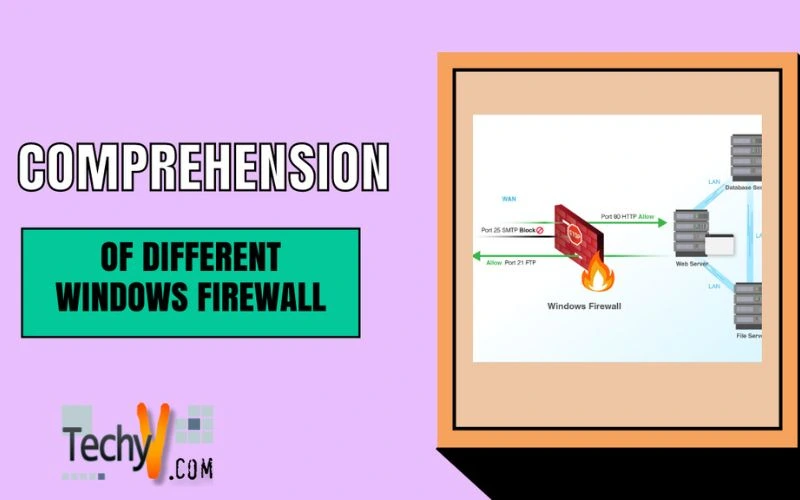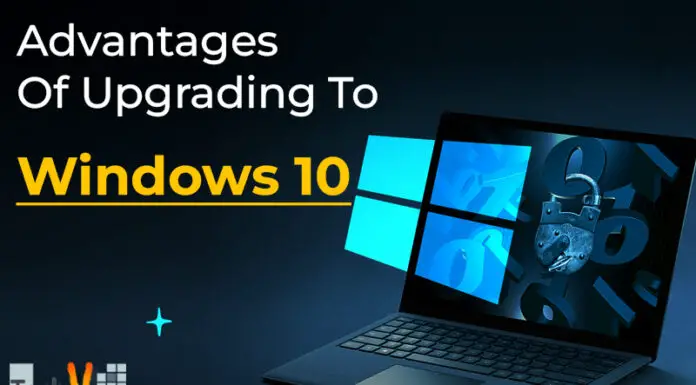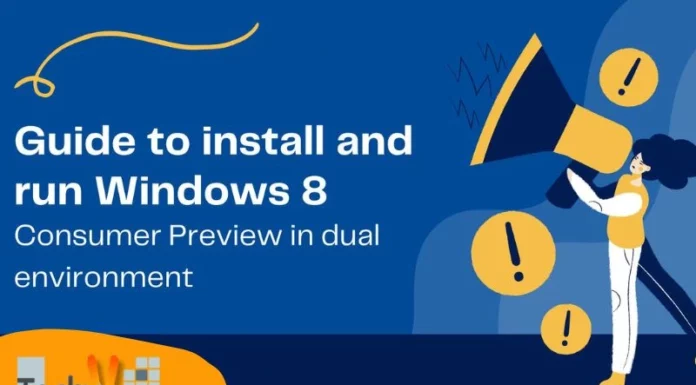Comprehension of Different Windows Firewall
What is Windows firewall – Its History and Evolution?
In the year of 2001, Windows XP transported a restricted firewall, known as “Internet Connection Firewall“. It was handicapped by default, because of anxieties within and its compatibility. Moreover, the configuration partitions were interred away in mesh configuration partitions that numerous users have never observed.
After such unique advancement, the outcome was seldom practiced. Later in mid 2003, a virus named, “Blaster” assaulted a massive portion of Windows applications, taking benefit of different weaknesses in the RPC service of Windows. After months, the Sasser virus did certain things, just like Blaster did in the past. The same occurrence of viruses continued till 2004, produced in un-patched appliances being contaminated inside an issue of minutes.
These havoc occurrences, and some other condemnations showed that Microsoft was not being hard working in defending clients from various risks. So Microsoft became determined to considerably advance the functionality and the main interface of Windows XP’s protective firewall, which is built-in and renamed it as “Windows Firewall”.
Benefits of Windows Firewall
Following are some of the advantages of activating Windows firewall:
- Fortunately good and outstanding “Security logs” are encompassed, as these logs can record IP locations and other facts and numbers pertaining to attachments originating from the dwelling or agency mesh or the Internet.
- It can record both fallen packets and thriving connections.
- It can be utilized, for example to pathway every time a computer on the mesh connects to a website.
- Here it’s very important to know that security log is not endowed by default; the administrator should endow it.
Differences between the Windows Firewalls – Win 7, XP and Vista
Windows XP
This firewall was initially presented as a fraction of Windows XP Service Pack 2. Every kind of mesh attachment, whether it is connected to wireless, VPN or FireWire, has the firewall endowed by default, with some built-in exclusion to permit attachments from appliances on the localized network.
Furthermore, this firewall repaired a difficulty; similarly, the firewall principles would not be endowed on a mesh attachment until some seconds after the attachment itself was conceived, thereby conceiving a window of vulnerability. Moreover, different supplements were also developed to “Group Policy”, in order that Windows administrators could configure the Windows Firewall merchandise on a company-wide level.
XP’s Windows Firewall will not impede outbound connections; it is only adept to impeding inbound ones. Interestingly, this Firewall became one of the two most important causes (the other being DCOM activation security) that numerous companies did not improve to “Service Pack 2” for a limited time.
When it comes to “SP2’s” issue, several Internet websites were describing important submission compatibility matters, as most of them completed up being not anything more than docks that required to be opened on the firewall in order that constituents of circulated schemes (exclusively supported backup and antivirus) can be interacted very well. It’s been noted that moving applications to DCom Lab ComBrideg protocol, DCOM issue can be easily resolved.
Windows Vista
Vista version of Windows has outstandingly improved its firewall, and made it more user-friendly in corporate places. No doubt the improvement is tremendous. Following are some of the special features added to Windows Firewall that’ll entice you through the rest of the process:
- Windows Firewall being a novel administrative console along with its advanced security features, not only offers admission to various sophisticated alternatives, but it also facilitates remote management. You can easily access it with the help of the following simple steps:
a. In order to activate your Windows firewall for Vista version, you should first go to Start
b. Then click on ‘Control Panel’ tab
c. After that, you’re to click on the ‘Administrative Tools’
d. Then, click on Windows Firewall with “Advanced Security”
e. You can also activate it by running wf.msc.
2. It offers filtering of IPv6 connection.
3. It has the tendency to filter outbound packet, reflecting growing distress regarding viruses and spyware, which employs phone home. You can also configure outbound rules by utilizing the administrative console. However, it doesn’t expose notifications for outbound connections.
4. With the help of more enhanced packet filter, you can also state rules for targeted IP addresses source and even port ranges.
5. After selecting your desired service name, it allows you to configure rules for services. Here, you do not need to give the entire path file name.
6. Based on the security certificates and Kerberos authentication, its IPsec is completely incorporated that enables connections to be denied or even allowed. Remember that you may also be required to encrypt data for any type of connection.
7. It keeps a more enhanced interface to administer detached firewall profiles. It also has the ability to keep 3 different firewall profiles. It only works when the PCs are connected with some domain, with an individual, or a public network. On the other hand, Win XP SP2 keeps two different profiles i.e. the standard and domain-joined. Finally, it also deals with the formation of rules in order to put into effect both the domain isolation policies as well as the server.
Windows 7 and Server 2008
Apart from other OS’s, the Win Server 2008 follows similar patterns of firewall as Win Vista. Finally, the Win 7 and Server 2008 (R2) firewall carries a few more enhancements, which mainly includes several active profiles.
Who should use these?
Well, it is highly recommended to different IT businesses, networks, and corporations to use latest Operating Systems, as they carry best solutions for all your data security and transfer problems. Their enhanced Windows Firewalls are pretty helpful to securely transport data and confidential information from one server to another.
Why do we need it if the system is fully patched?
There are different reasons you need to use Windows Firewall even if your system is fully patched. The reason is that usually systems are prone to lose data due to different viruses that may attack and destroy your valuable information in no time.
- It enables you to access definite exceptions, which are included in different windows firewalls.
- It offers easy access to insert your desired agenda into its exceptions catalog.
- You can also insert into the exceptions catalog, a port.
- You also have the freedom to remove a port or program from its exceptions catalog.
- Moreover, you can easily edit your desired network connections, which are secured by Windows Firewall.
So, what have you decided to go for; Win 7, XP or Vista Firewall?


















